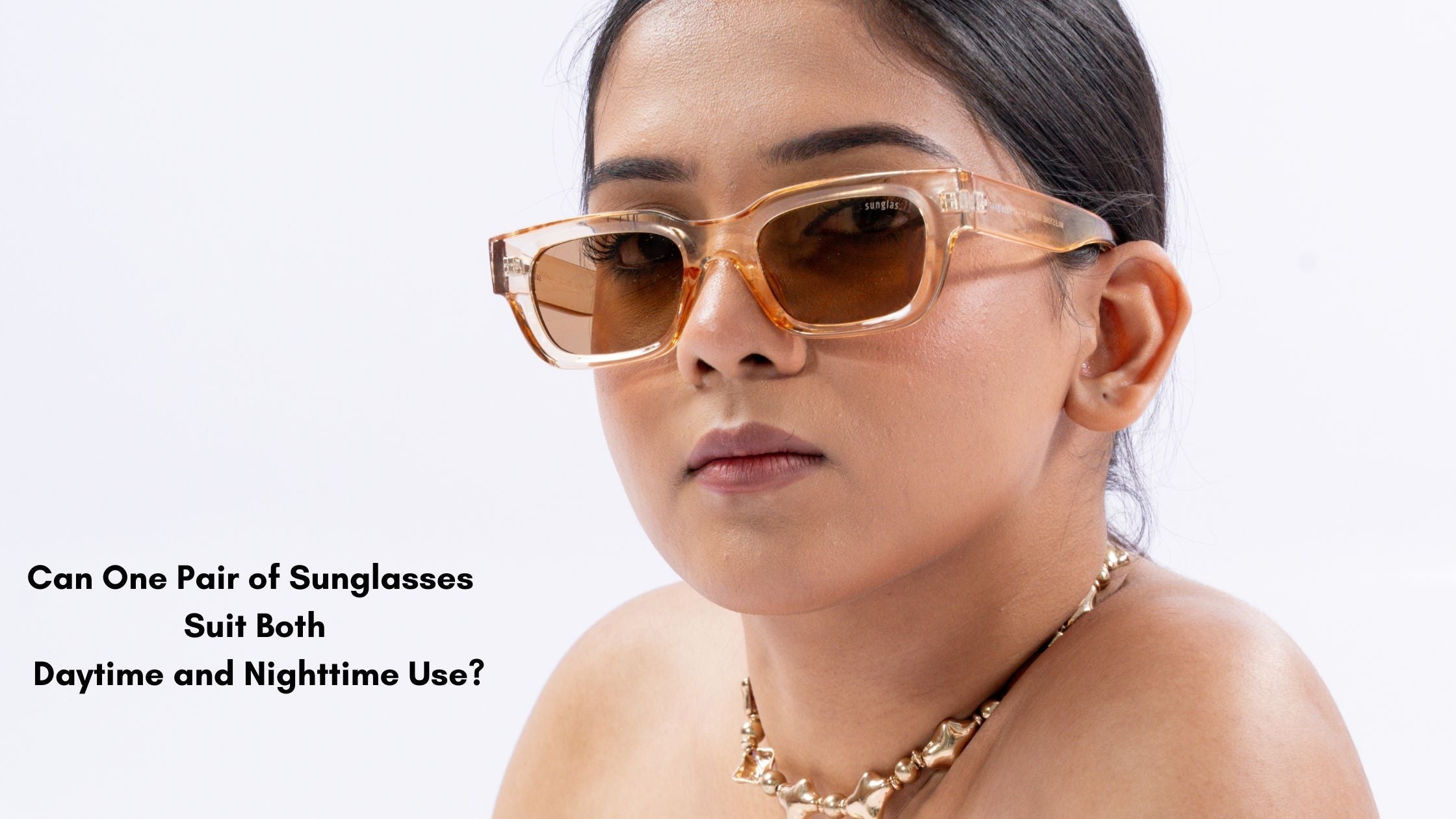
Can One Pair of Sunglasses Suit Both Daytime and Nighttime Use?
In today’s fast-paced world, convenience meets style in everything we wear—including eyewear. But can one pair of sunglasses really offer clear vision and comfort from sunrise to sunset?
Let’s break it down and explore how sunglasses for day and night are changing the game with smart lens technology.
Can One Pair of Sunglasses Really Work All Day?
Absolutely—thanks to transition sunglasses and other advanced lens technologies, you can wear the same pair from bright daylight to late-night drives. These all-day sunglasses adapt to changing light conditions, helping you see clearly without switching frames.
The Technology Behind All-Day Sunglasses
The key is in the lens. Here are some of the most effective technologies in best all-day sunglasses:
-
Photochromic lenses: These adjust their tint automatically based on sunlight exposure.
-
Polarized lenses: Reduce glare and eye strain, especially helpful during sunny days.
-
Anti-glare coatings: Ideal for night driving sunglasses, cutting down reflections from headlights and screens.
-
Blue-light filters: Reduce screen fatigue when using devices at night.
Together, these features make one pair perfect for multiple environments.
Benefits of Using One Pair Day to Night
Using sunglasses for day and night comes with real-life benefits:
✅ Saves money and space—no need to carry multiple pairs
✅ Ensures consistent eye protection throughout the day
✅ Adds convenience for travel, work, or sports
✅ Matches your style anytime, anywhere
What to Look For in Dual-Purpose Sunglasses
When shopping for stylish sunglasses for every hour, make sure your pair includes:
-
Light-adaptive or photochromic lenses
-
UV400 protection
-
Anti-reflective or polarized coating
-
Lightweight, durable frame
-
Scratch-resistant lenses
For nighttime wear, opt for yellow-tinted or clear anti-glare lenses to maintain visibility without adding strain.
Pros and Cons of Transition Lenses
| Pros | Cons |
|---|---|
| Automatically adjust to light | May not darken fully behind car windshields |
| Ideal for indoor-to-outdoor movement | Transition time may vary with temperature |
| Stylish and low-maintenance | Not suitable for extremely low-light conditions like dark roads |
While photochromic lenses are a great solution, understanding their limits is key for activities like night driving.
Real-World Use: Who Needs Them the Most?
Transition sunglasses and night driving sunglasses are ideal for:
-
Drivers who experience varying light levels throughout the day
-
Frequent travelers needing minimal packing
-
Office workers who spend time both indoors and outdoors
-
Cyclists, bikers, and runners active from dawn to dusk
-
Anyone looking for goggles for men/women that offer full-day performance
🛍 Our Top Picks for All-Day Sunglasses from Sunglassic.com
Looking for dependable and stylish all-day sunglasses? Here are our recommendations:
🕶️ Ocean Black Clear Anti-Blue Light Rectangle Sunglasses
These are perfect for extended screen time, sunny commutes, and low-light visibility. Anti-glare lenses make them ideal for day and night use.
🕶️ Phantom Silver Blue Haxagon Sunglasses
Designed for high contrast and sharp vision, this pair transitions beautifully from day to evening with UV protection and clear aesthetics.
🕶️ Heldish Black Yellow Square Sunglasses
If you're looking for goggles for men that work in bright sunlight and shaded trails, this sport-ready option features glare protection and lightweight comfort.
Final Thoughts: Are They Worth It?
If you’re looking for style, comfort, and all-day eye protection, investing in a high-quality pair of sunglasses for day and night is absolutely worth it. With the right features like photochromic lenses and anti-glare coatings, you’ll be ready for any lighting condition—no switching necessary.
🎯 FAQs (For Google Snippets)
Q: Can sunglasses be worn at night?
A: Yes, if they have yellow-tinted or anti-glare lenses designed for low light. These reduce glare and improve night visibility without darkening your vision.
Q: Are photochromic lenses good for driving?
A: They are helpful during the day but may not darken enough behind car windshields due to UV filtering. It’s best to pair them with anti-glare coatings for driving.
Q: Which sunglasses are best for both day and night?
A: Look for sunglasses with photochromic lenses, anti-reflective coating, and a light tint. Styles from sunglassic.com are great all-in-one options.
Q: What tint is best for night driving sunglasses?
A: Yellow or amber tints improve contrast and reduce glare from headlights, making them ideal for night use.
👓 Ready for All-Day Style and Clarity?
Discover our full collection of transition and night-driving sunglasses at sunglassic.com.
SHOP BY SHAPE
WORN BY OVER 200.000 PEOPLE WORLDWIDE



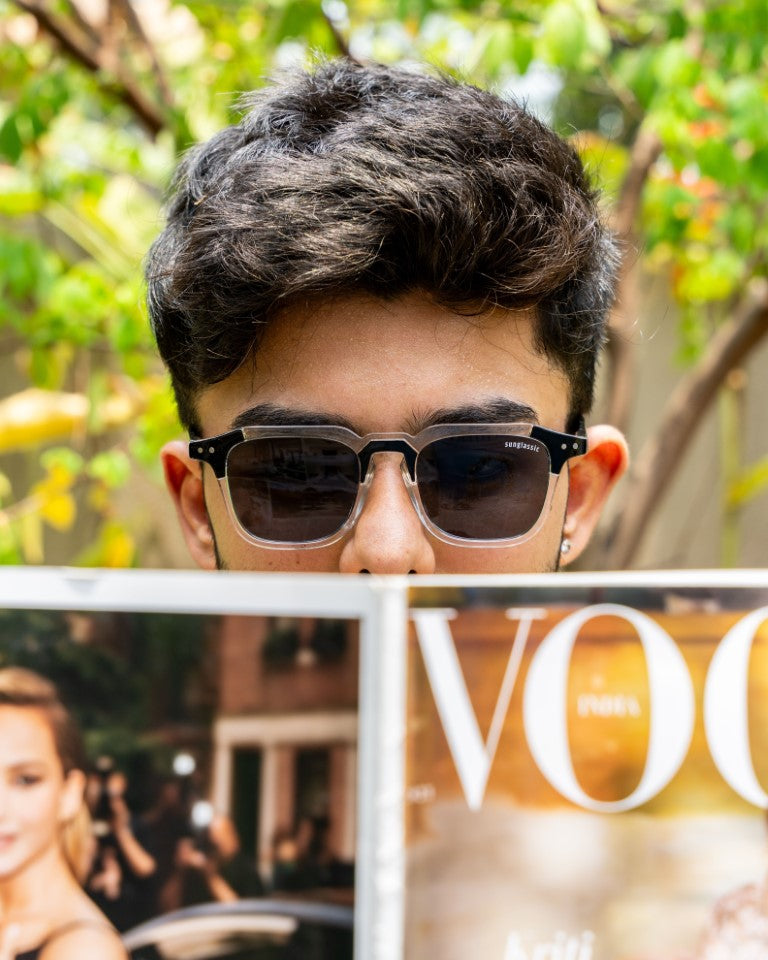
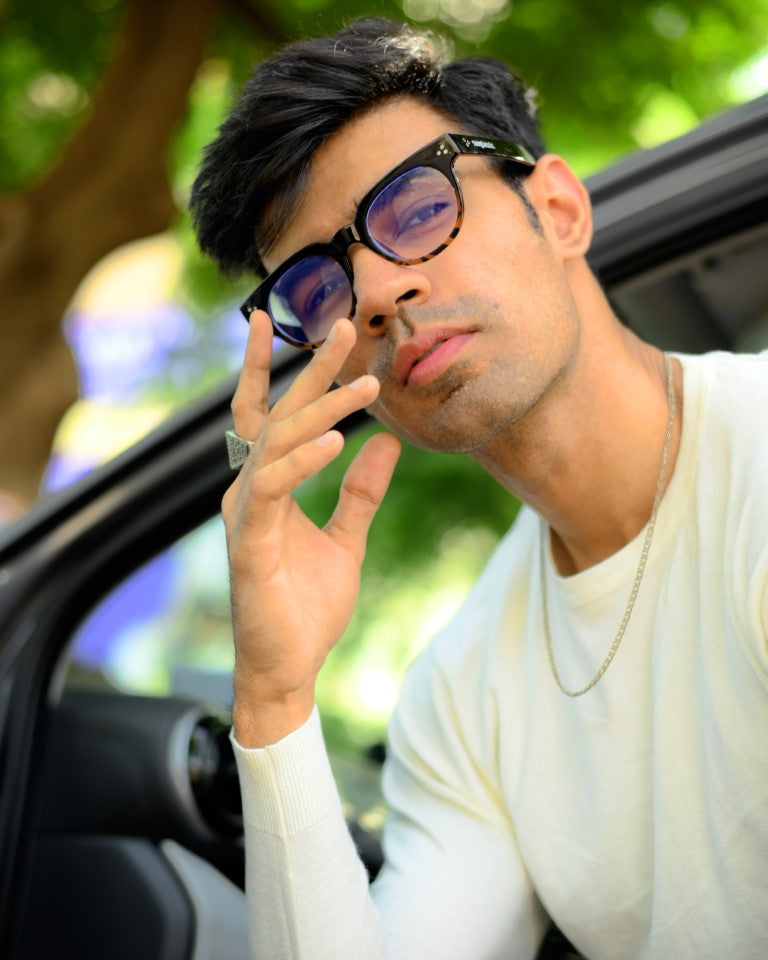
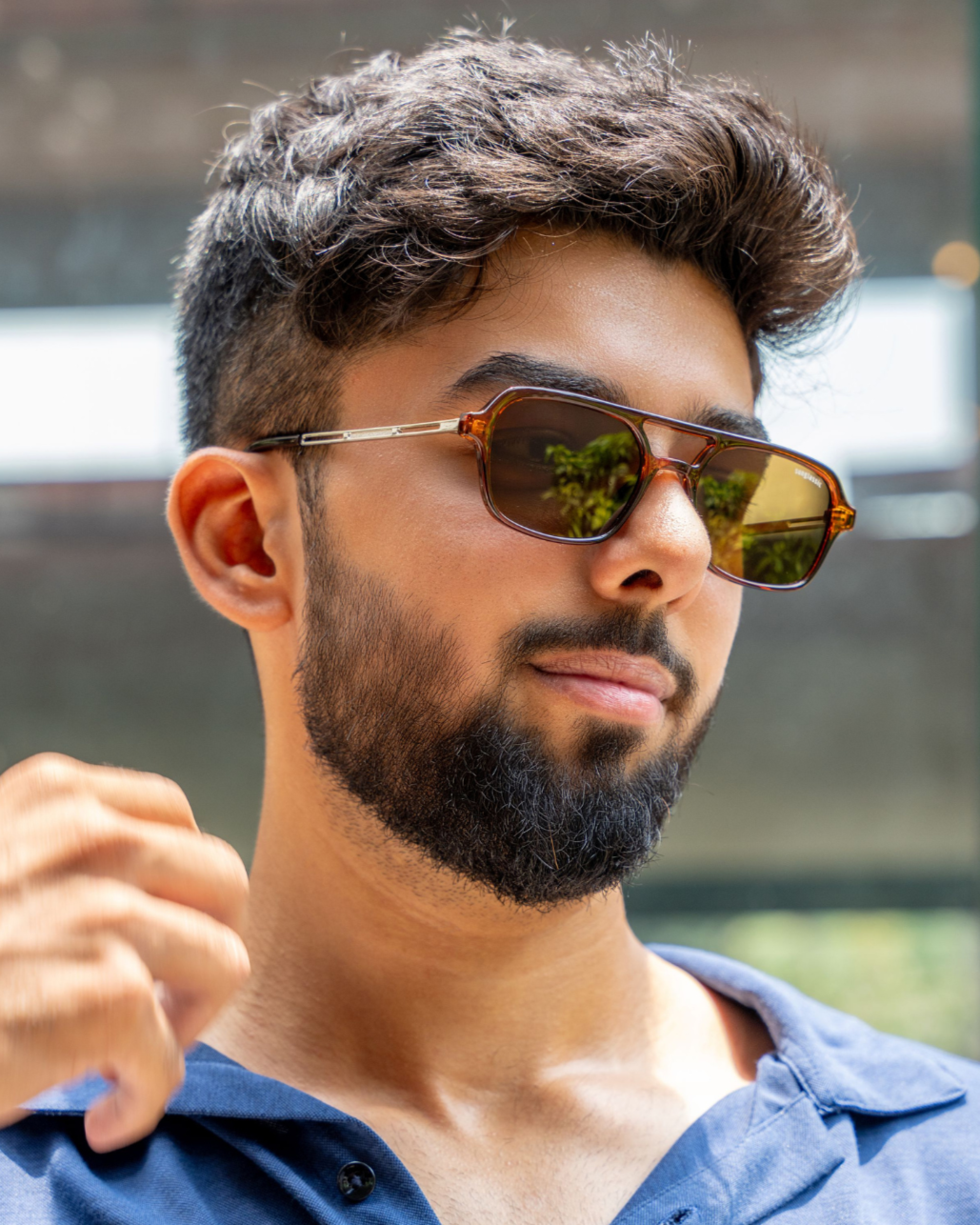
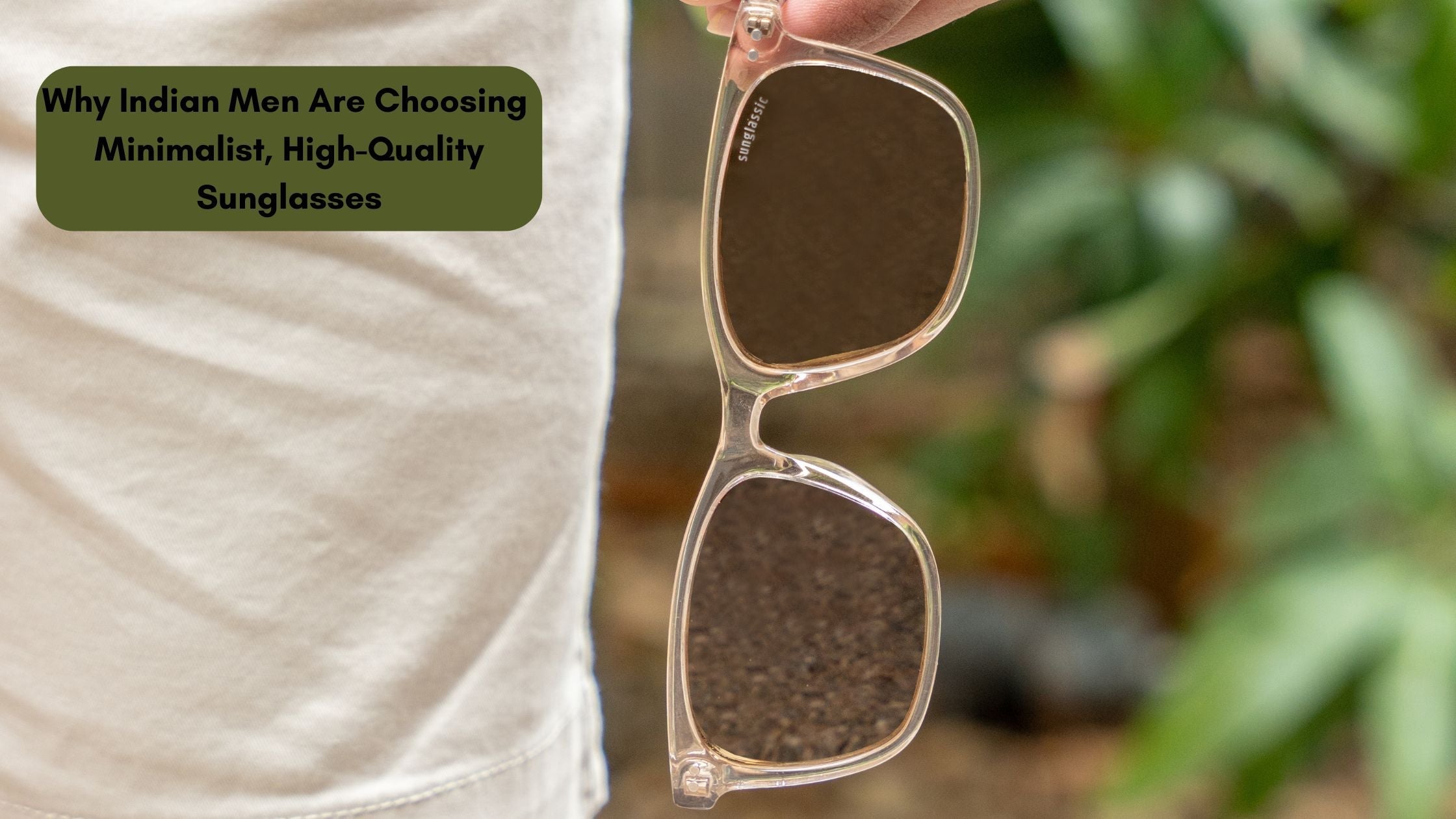
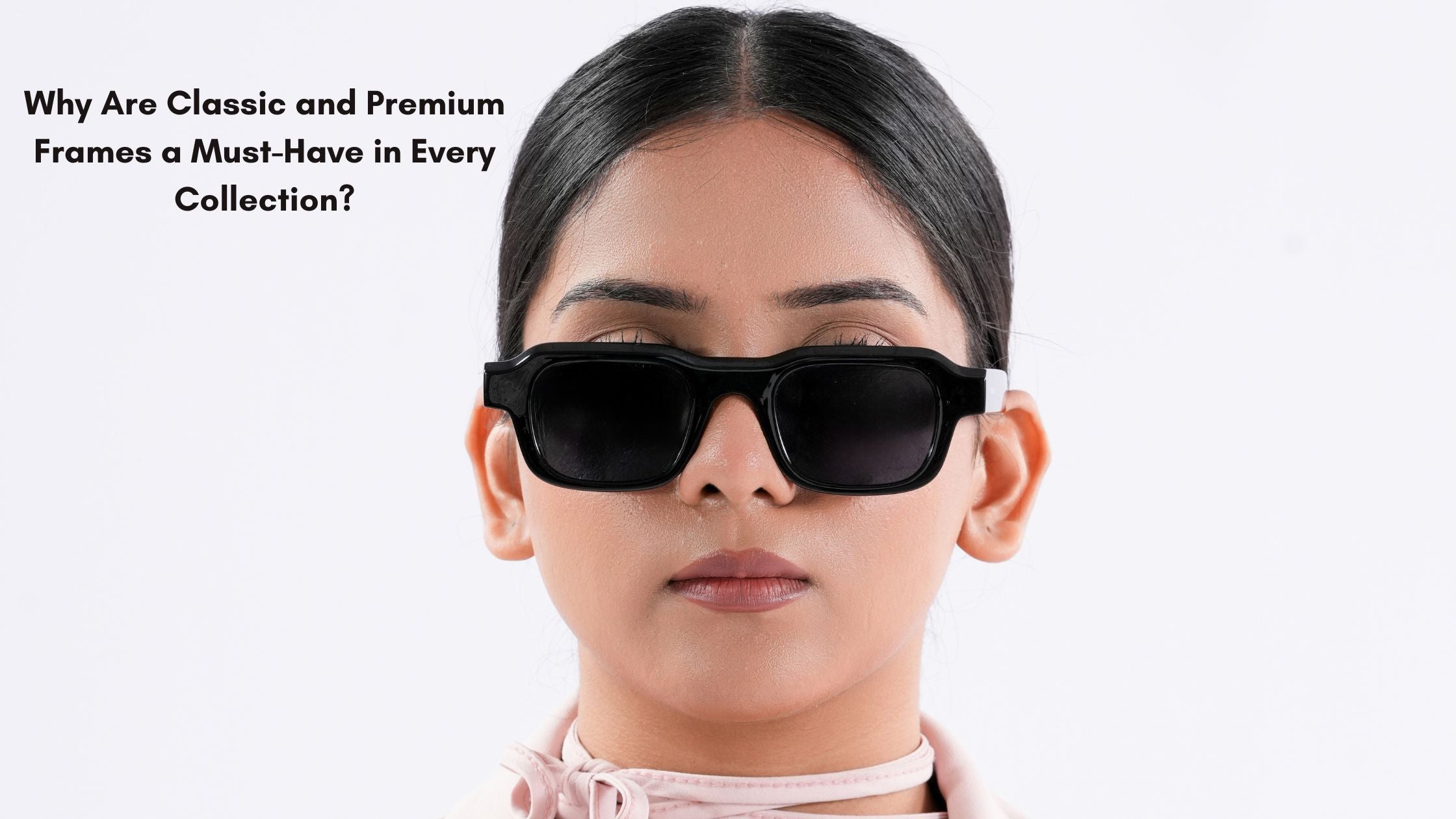
Leave a comment
This site is protected by hCaptcha and the hCaptcha Privacy Policy and Terms of Service apply.